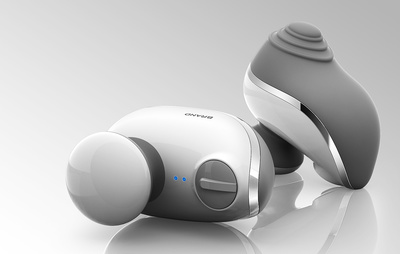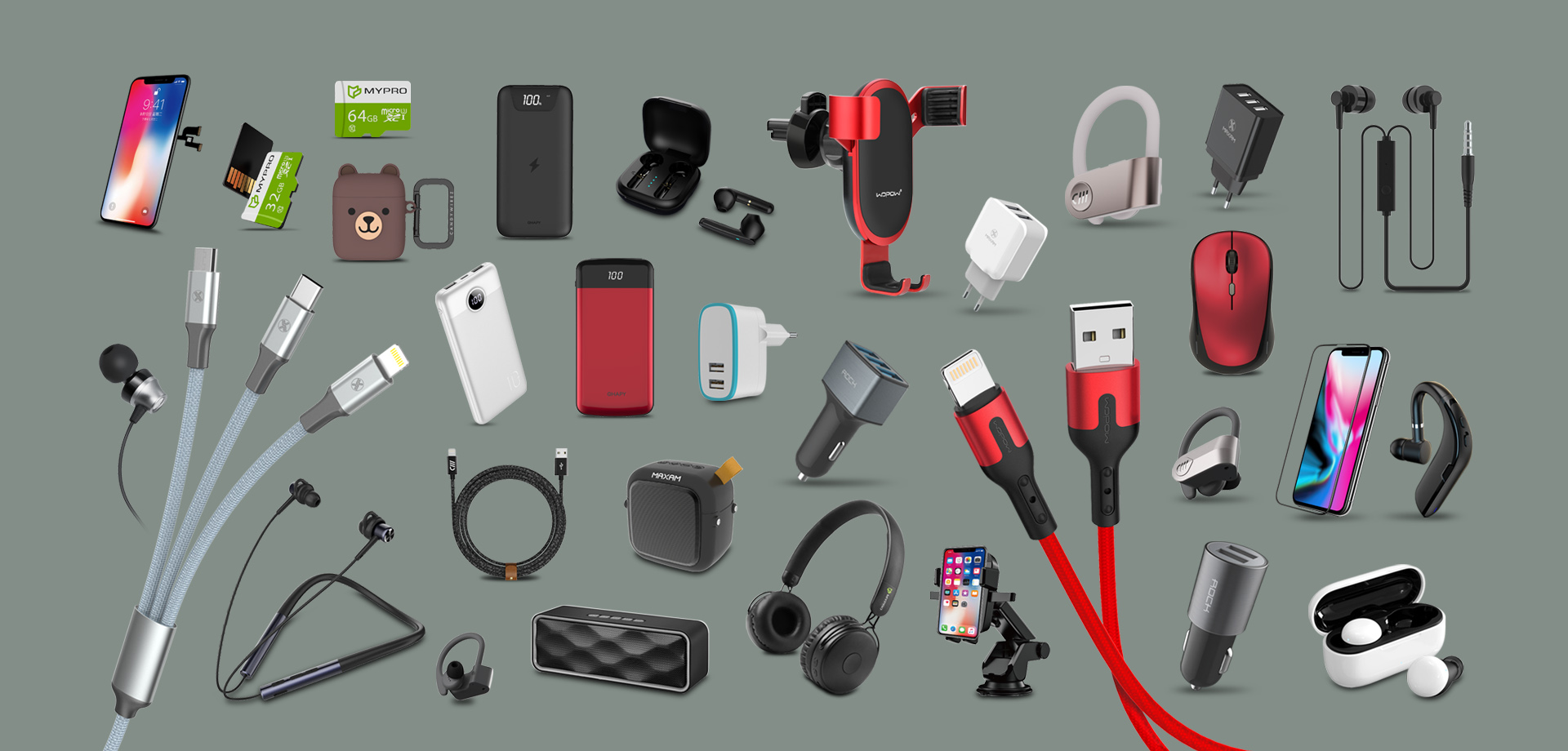Advanced sensors are at the core of industrial automation, enabling machines to detect, analyze, and respond to real-time data. From monitoring production efficiency to ensuring worker safety, sensors are the foundation of “smart factories” and Industry 4.0 systems. As the demand for automation accelerates worldwide, China has emerged as a key supplier and innovator in the field of advanced sensors. This blog explores the critical role sensors play in industrial automation, the types of sensors dominating the market, and how China’s sensor manufacturing sector is empowering global businesses.
Types of Sensors Used in Industrial Automation
Industrial automation relies on a wide variety of sensors, each designed for specific applications. Below are the most common types of sensors and their critical functions in automated systems:
1. Temperature Sensors
Temperature sensors monitor heat levels in industrial processes, ensuring that equipment and materials remain within safe operating ranges. They are used in industries like food processing, pharmaceuticals, and metal fabrication.
- Application Example: In a pharmaceutical plant, temperature sensors regulate the heat applied during drug production to ensure chemical stability and product efficacy.
- Technology Options: Common temperature sensors include thermocouples, resistance temperature detectors (RTDs), and infrared (IR) sensors for non-contact measurement.
2. Pressure Sensors
Pressure sensors measure the force exerted by gases or liquids in industrial systems. These sensors are vital for maintaining consistent hydraulic or pneumatic pressure levels.
- Application Example: Automotive manufacturers use pressure sensors in braking systems and engine performance monitoring to ensure safety and efficiency.
- Technology Options: Piezoelectric and capacitive pressure sensors are among the most widely used in automation.
3. Proximity Sensors
Proximity sensors detect the presence of objects without physical contact. These sensors play a key role in assembly lines and robotic arms to identify and position components accurately.
- Application Example: In electronics manufacturing, proximity sensors detect the placement of microchips on PCBs, reducing errors during assembly.
- Technology Options: Inductive, capacitive, and ultrasonic sensors are commonly used for proximity detection.
4. Motion and Position Sensors
Motion sensors track movement, while position sensors provide information about the exact location of objects or machine parts. These sensors are critical for robotics and conveyor systems.
- Application Example: Logistics centers integrate motion sensors into automated guided vehicles (AGVs) to monitor and control their movements in real-time.
- Technology Options: Encoders, accelerometers, and gyroscopes are commonly employed in motion and position tracking.
5. Optical Sensors
Optical sensors use light to detect changes in the environment. These sensors are often used in quality control systems to identify defects in products or packaging.
- Application Example: A food packaging line employs optical sensors to ensure that labels are correctly applied and free from defects.
- Technology Options: Photoelectric sensors and laser sensors are popular for their high precision.
How Sensors Drive Efficiency in Industrial Automation
Advanced sensors enable industrial automation by providing the data necessary to optimize production and reduce waste. Below are some key benefits that sensors bring to automated systems:
1. Predictive Maintenance
Sensors monitor equipment performance in real time, detecting irregularities such as increased vibration or temperature. By identifying potential failures before they occur, sensors help reduce downtime and maintenance costs.
- Example: In a manufacturing plant, vibration sensors on motors identify wear and tear, allowing maintenance teams to replace parts before breakdowns occur.
2. Quality Assurance
Sensors ensure that products meet strict quality standards by monitoring variables such as dimensions, weight, and surface finish during production.
- Example: Optical sensors in a car manufacturing plant detect imperfections in paintwork or alignment issues on assembly lines.
3. Safety Enhancements
Sensors protect workers by monitoring environmental hazards, such as gas leaks or excessive heat, and triggering alarms or emergency shutdowns when necessary.
- Example: Chemical plants use gas sensors to detect harmful emissions, ensuring worker safety and regulatory compliance.
4. Energy Efficiency
By monitoring resource usage, such as electricity, water, and raw materials, sensors enable factories to optimize processes and reduce waste.
- Example: Smart energy meters in textile factories track electricity consumption and recommend adjustments to lower energy costs.
China’s Leading Role in Sensor Manufacturing
China has emerged as a global leader in sensor manufacturing, driven by its robust industrial ecosystem, cost efficiency, and focus on technological innovation. Here are the key factors behind China’s dominance in this sector:
1. A Comprehensive Manufacturing Ecosystem
China’s manufacturing hubs, such as Shenzhen and Suzhou, are home to thousands of sensor manufacturers. This dense network enables seamless collaboration between component suppliers, research labs, and assembly plants, reducing production costs and lead times.
2. Wide Range of Sensor Options
Chinese manufacturers produce sensors for nearly every industrial application, from basic models to high-performance solutions tailored to specific industries like healthcare, automotive, and aerospace.
3. Cost-Effectiveness
China’s large-scale production capabilities and access to affordable raw materials make its sensors significantly more cost-effective than those from Western countries. This cost advantage is particularly appealing to small and medium-sized businesses.
4. Technological Advancements
Chinese companies are increasingly investing in R&D to develop smart sensors that incorporate IoT and AI capabilities. These advanced sensors not only collect data but also process and analyze it at the edge, enabling real-time decision-making.
How International Buyers Can Source Sensors from China
Sourcing sensors from China offers significant benefits, but buyers must adopt a strategic approach to ensure quality and compatibility. Below are practical steps for successful procurement:
1. Define Clear Specifications
Buyers should outline precise requirements, including:
- Measurement range and accuracy.
- Environmental conditions (e.g., temperature, humidity, or vibration exposure).
- Communication protocols (e.g., Zigbee, LoRa, or Bluetooth).
Providing detailed specifications ensures that manufacturers understand your needs and reduces the risk of errors.
2. Evaluate Suppliers
Conduct thorough research to identify reputable manufacturers. Key factors to consider include:
- Certifications: Look for ISO 9001 (Quality Management) and RoHS (Restriction of Hazardous Substances) compliance.
- Reviews and References: Seek testimonials from other buyers to assess supplier reliability.
Platforms like Alibaba and Global Sources are good starting points, but partnering with a local procurement office provides deeper insights into supplier performance.
3. Request Prototypes
Before committing to bulk orders, request prototypes to evaluate the sensor’s performance and ensure compatibility with your systems. Test the prototype under real-world conditions to verify accuracy and reliability.
4. Conduct Factory Audits
Factory visits or third-party audits allow buyers to assess a supplier’s production capabilities, quality control processes, and adherence to international standards.
5. Secure Intellectual Property (IP)
If custom sensors are required, buyers should implement non-disclosure agreements (NDAs) to protect proprietary designs and technology.
Future Trends in Industrial Sensors
The sensor industry is evolving rapidly, with several key trends shaping its future:
1. Smart Sensors
Traditional sensors only collect data, while smart sensors integrate processing power to analyze data locally. These sensors enable faster decision-making and reduce reliance on cloud-based systems.
2. Energy Harvesting
Low-power sensors capable of harvesting energy from the environment (e.g., light, vibration, or heat) are gaining popularity, especially in remote IoT applications.
3. Miniaturization
Advancements in microelectromechanical systems (MEMS) technology are making sensors smaller and more efficient, enabling their use in compact devices like wearables and medical implants.
4. Sustainable Materials
Manufacturers are exploring eco-friendly materials and processes to reduce the environmental impact of sensor production.
Case Study: A Logistics Company Optimizes Operations with Chinese Sensors
A European logistics company needed sensors to enhance its automated warehouse operations. They sourced motion and proximity sensors from a leading manufacturer in Shenzhen. By integrating these sensors into automated guided vehicles (AGVs), the company achieved:
- A 25% reduction in order fulfillment times.
- Improved safety through real-time obstacle detection.
- Significant cost savings due to the sensors’ competitive pricing.
This collaboration exemplifies how Chinese sensors can drive efficiency and innovation in industrial automation.






